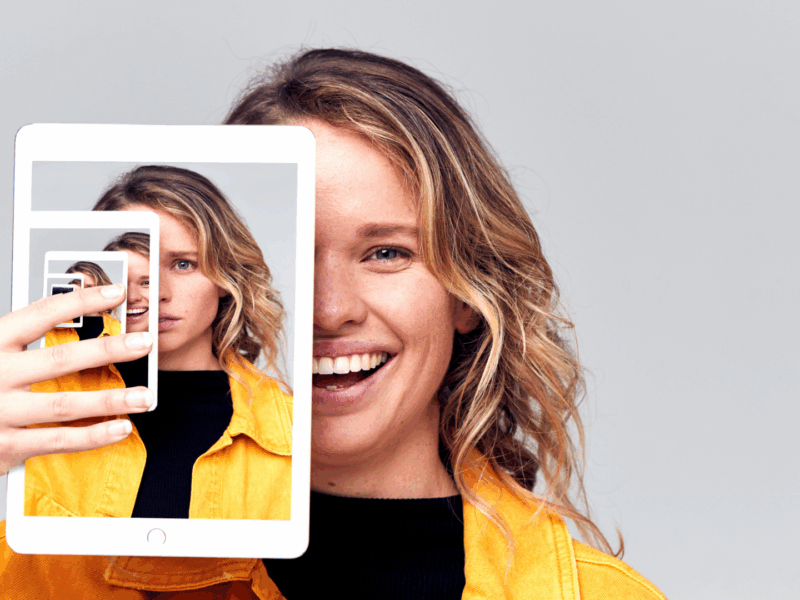As the performing arts industry continues to evolve, digital marketing is playing an increasingly pivotal role in how organizations connect with their audiences. The year 2025 promises to bring even more exciting opportunities for innovation, efficiency, and audience engagement.
For executive and marketing directors, understanding these emerging trends is essential to staying competitive and ensuring long-term success. Here are the top five digital marketing trends shaping the future of the performing arts and actionable steps you can take to embrace them.
1. Increased Use of Text Messaging for Audience Engagement
Text messaging is quickly becoming one of the most effective tools for reaching patrons. With open rates as high as 98% and the majority of texts read within minutes, this channel is ideal for communicating time-sensitive information like ticket sales, event updates, or exclusive offers.
Why It Matters:
- Text messaging provides a direct, personal connection to your audience.
- It’s an excellent way to engage with both frequent attendees and first-time guests in real-time.
What You Can Do:
- Use text campaigns to send last-minute ticket promotions or reminders.
- Offer exclusive pre-show updates or post-performance surveys to strengthen audience relationships.
Pro Tip: Platforms like Audience Access integrate text messaging seamlessly, enabling you to engage with patrons while capturing valuable contact information for future campaigns.
2. Advanced Analytics to Drive Programming Decisions
Gone are the days of guessing what your audience wants. Advanced analytics are now giving organizations the tools to make data-driven decisions about programming, marketing, and even sponsorships.
Why It Matters:
- Analytics provide insights into audience behavior, showing which programs, content, or features resonate most.
- These insights help refine marketing strategies, ensuring your budget is spent on tactics that deliver the best ROI.
What You Can Do:
- Use digital program book analytics to track engagement and identify popular sections, like artist bios or sponsor pages.
- Adjust future programming and marketing efforts based on what your audience responds to most.
Pro Tip: Leverage built-in analytics dashboards in digital platforms to streamline this process and make adjustments in real-time.
3. Interactive and Personalized Digital Experiences
Today’s patrons expect more than static content—they want interactive, personalized experiences that enhance their connection to your organization. Digital tools allow you to create these experiences seamlessly.
Why It Matters:
- Interactive features like clickable links, video content, and polls increase audience engagement and retention.
- Personalization strengthens audience relationships, encouraging loyalty and repeat attendance.
What You Can Do:
- Include behind-the-scenes videos, curated playlists, or artist interviews in your digital programs to deepen engagement.
- Personalize recommendations for upcoming events based on audience behavior or past attendance.
Pro Tip: Use interactive features within digital programs to cross-promote future events and build excitement for your next season.
4. AI-Driven Audience Segmentation and Marketing Automation
Artificial intelligence (AI) is no longer just a futuristic concept—it’s a powerful tool for transforming how organizations reach their audiences. AI allows for hyper-targeted messaging, ensuring your marketing efforts hit the right note every time.
Why It Matters:
- AI enables detailed audience segmentation based on behavior, preferences, and demographics.
- Marketing automation streamlines campaigns, reducing manual effort while maintaining personalization.
What You Can Do:
- Use AI tools to create tailored email or text campaigns that resonate with specific audience segments.
- Automate follow-up campaigns, such as post-event thank-you messages or exclusive offers for repeat attendees.
Pro Tip: Platforms that combine AI with analytics help you optimize marketing campaigns and measure their effectiveness with ease.
5. Expanded Opportunities for Hybrid Events
Hybrid events—those that combine in-person and digital experiences—are gaining momentum in the performing arts. These events offer flexibility and accessibility, allowing organizations to reach a broader audience.
Why It Matters:
- Hybrid events cater to patrons who prefer digital options while maintaining the live experience for traditional audiences.
- They increase accessibility for geographically dispersed patrons or those with mobility challenges.
What You Can Do:
- Incorporate digital elements into your live events, such as live streaming, virtual backstage tours, or exclusive online Q&A sessions.
- Use hybrid events to attract new audience segments and keep your existing patrons engaged.
Pro Tip: Promote hybrid events through your digital program books, using them as a central hub for both in-person and virtual attendees.
Conclusion
As we move into 2025, these digital marketing trends will continue to shape how performing arts organizations connect with their audiences. By embracing tools like text messaging, analytics, personalization, AI, and hybrid events, you can enhance engagement, streamline operations, and position your organization for long-term success.
Digital marketing isn’t just about adapting to new technology—it’s about meeting your audience where they are and creating meaningful connections that drive loyalty and growth. Ready to stay ahead of the curve? Explore Audience Access, the #1 digital program for the performing arts. From text messaging to interactive features and analytics, Audience Access offers the tools you need to thrive in 2025 and beyond. Contact us today to get started!


